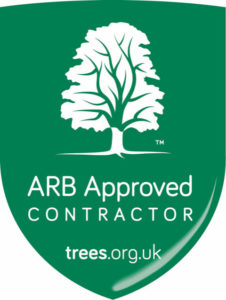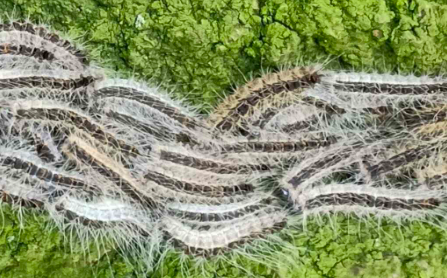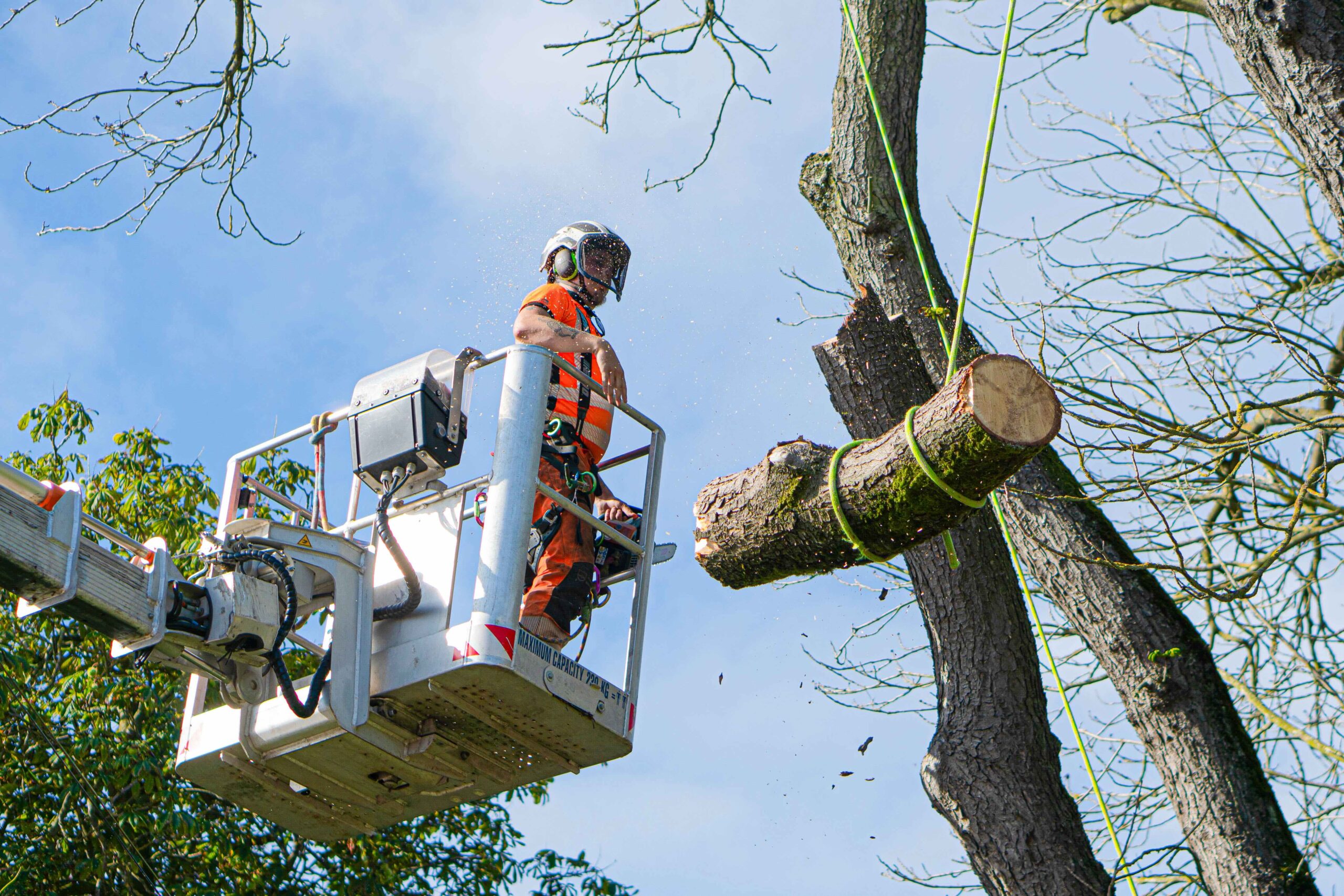Oak Processionary Moth (OPM) was unfortunately introduced by mistake in 2005 to South East England. It was imported in egg form via the canopy of young Oak trees being imported into the country for planting.
OPM caterpillars can be identified as having a grey body with a darker head. However, older larvae can be identified as also having a central dark stripe down their backs with paler lines down each side.
What does it affect?
OPM effects trees as well as humans and animals. With trees, OPM caterpillars threatens the health of Oaks because they feed on the leaves, leaving skeletonised remains of the leaves. The caterpillars will often cluster together whilst feeding. However, animals and humans are affected differently. OPM caterpillars have thousands of small hairs that contain an irritable substance by the name of ‘thaumetopoein’. When humans and/ or animals come into close contact with OPM caterpillars, the thaumetopoein in the hairs of the caterpillars can cause itchiness and skin rashes. However, they can also cause sore throats, breathing difficulties and eye problems; but these symptoms are less common.
The lifecycle of an Oak Processionary Moth
OPM Larvae will usually be laid between the months of July to early September within the small twigs and branches within the canopies of trees. Each female will lay anywhere between 100-200 eggs. The nests will be made of a white silken webbing onto the branches and trunks of Oak trees, however, the nests will become discoloured over time. The nests are usually created into a range of shapes and sizes from a tear-drop shape, a hammock shape or a hemispherical shape. Sometimes, the nest can fall from the tree and be found on the ground. Although nests can also remain attached to trees for many months after the larvae has hatched.
Larvae/ caterpillars will then become noticeable between the months of April to June. When the larvae first hatches, they will be no bigger than 2mm. By the third stage of their cycle, they will still be no bigger than 1cm in length. Between stages 4-6, the caterpillars will begin to spin their own silken nests and will eventually moult to the pupal stage in the nest. During this phase, the larvae will usually mass onto the stems/ trunks of trees as shown in the photo above.
How can they be controlled?
If it is believed there is a case of OPM situated in a nearby area/ a nest is discovered, then the nests can be treated by a professional with the correct knowledge/ experience and equipment. Usually, an OPM nest can be treated with an insecticide spray or a bio-pesticide. This is the most common method and is usually the most reliable and effective. The manual removal of nests can also be carried out but will need to be completed by a fully trained professional as the nests will need to be safely bagged for disposal and incineration.
If you suspect you’ve got OPM on your tree, then please don’t hesitate to contact your local tree surgeon on 01603 358778 for their professional assistance.




